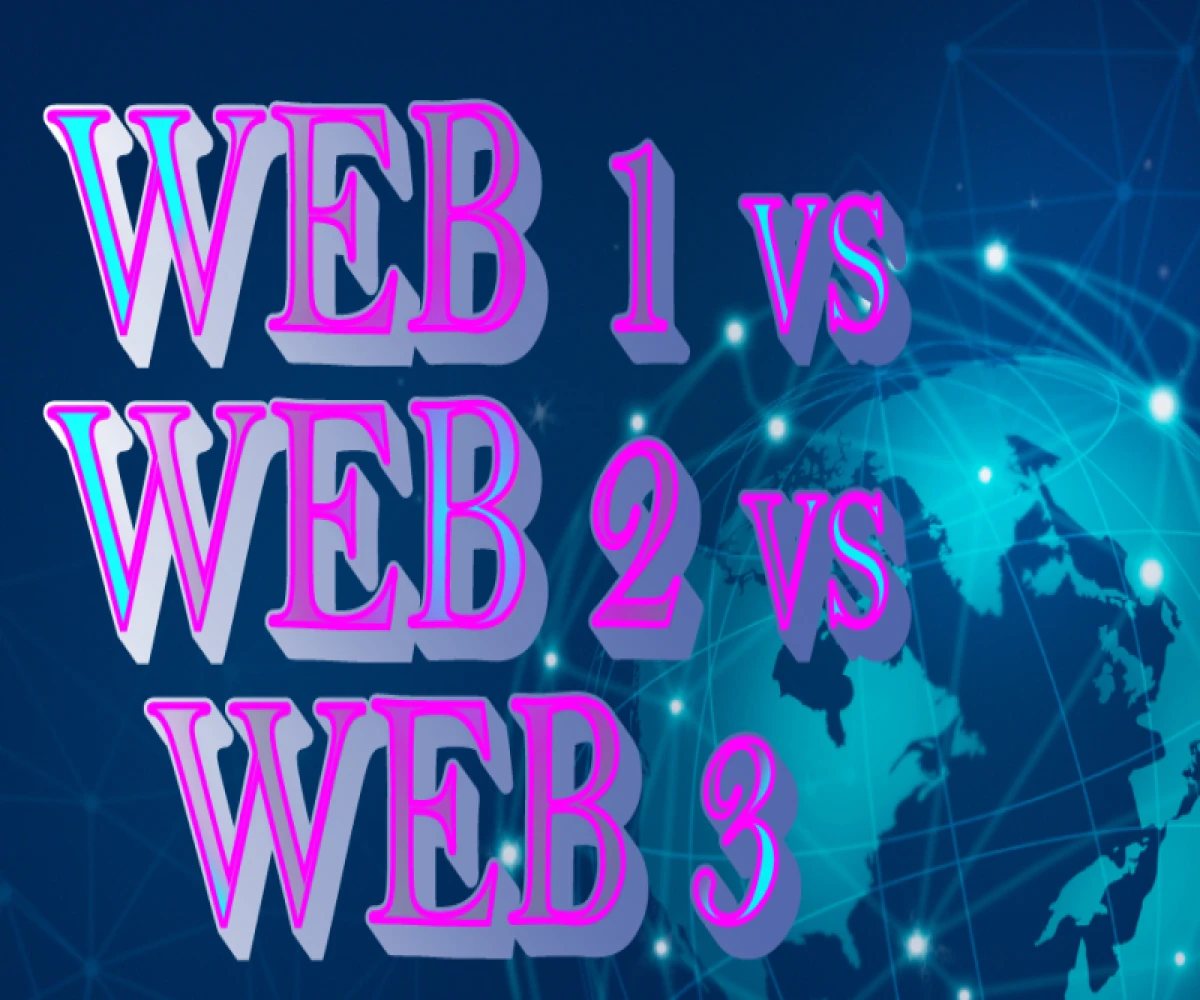
Web 1.0, 2.0, 3.0: Understanding the Journey of the Internet
Navigating the Web: Web 1.0, Web 2.0, and Web 3.0 Explained
The internet has evolved dramatically since its inception, and just like fashion, the "web" has gone through distinct phases. Understanding these phases, often referred to as Web 1.0, Web 2.0, and Web 3.0, helps us navigate the ever-changing digital landscape. Let's dive in and explore the key differences with some relatable examples:
Web 1.0: The Read-Only Web (1991-2004)
Imagine a vast library filled with static books. That's essentially Web 1.0. It was a one-way street where users were primarily consumers of information presented on websites. Think basic HTML pages, limited interactivity, and dial-up speeds that made even browsing painful.
Examples:
- Early static websites with text and images, like university pages or personal homepages.
- Online directories like Yellow Pages, where you looked up information but couldn't interact or contribute.
- Reading news articles online, but without commenting or sharing.
Web 2.0: The Social Web (2004-Present)
The internet transformed into a bustling social hub with Web 2.0. Users became creators and collaborators, actively engaging with content and each other. Think social media platforms, blogs, and interactive applications that redefined online interaction.
Examples:
- Sharing photos and videos on Instagram or YouTube.
- Engaging in discussions on Twitter or Reddit.
- Creating and editing documents collaboratively on Google Docs.
- Online shopping with personalized recommendations and reviews.
Web 3.0: The Decentralized Web (Emerging)
Web 3.0, still in its early stages, envisions a more intelligent and user-centric internet powered by decentralization. Imagine a web where data ownership and control shift from corporations to individuals, and applications run on distributed networks.
Examples:
- Decentralized finance (DeFi) applications where users manage their finances without banks.
- Non-fungible tokens (NFTs) representing unique digital assets with ownership stored on blockchains.
- Metaverse platforms offering immersive, interactive experiences in virtual worlds.
Key Differences:
| Feature | Web 1.0 | Web 2.0 | Web 3.0 |
|---|---|---|---|
| Focus | Read-only information | User interaction & content creation | Decentralization & user control |
| Technology | Basic HTML | Dynamic web applications | Blockchain, AI, semantic web |
| Data Ownership | Owned by content creators | Owned by platforms | Owned by users |
| Examples | Static websites, online directories | Social media, blogs, online shopping | DeFi, NFTs, metaverse |
Remember, these are evolving concepts, and the lines between them can blur. However, understanding the core principles of each web phase equips you to navigate the online world with greater awareness and participate in its future development.
Do you have any questions about a specific aspect of Web 1.0, Web 2.0, or Web 3.0? Feel free to ask, and let's explore the exciting future of the internet together!


